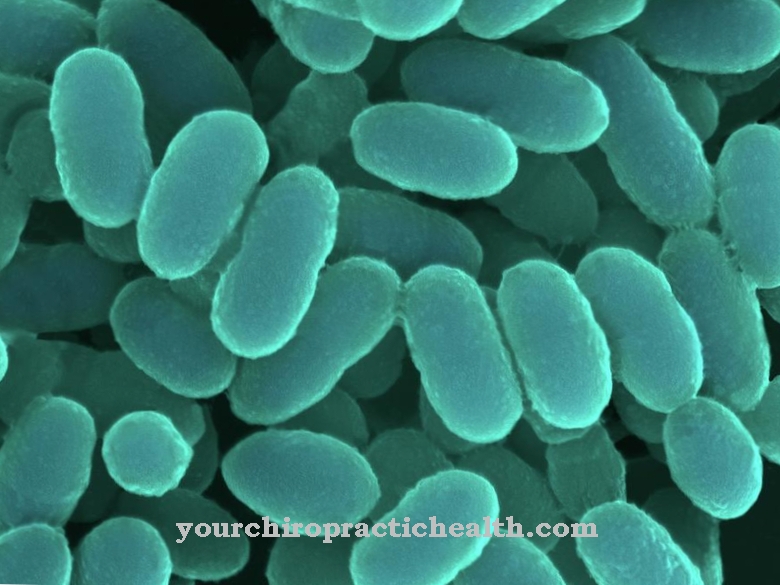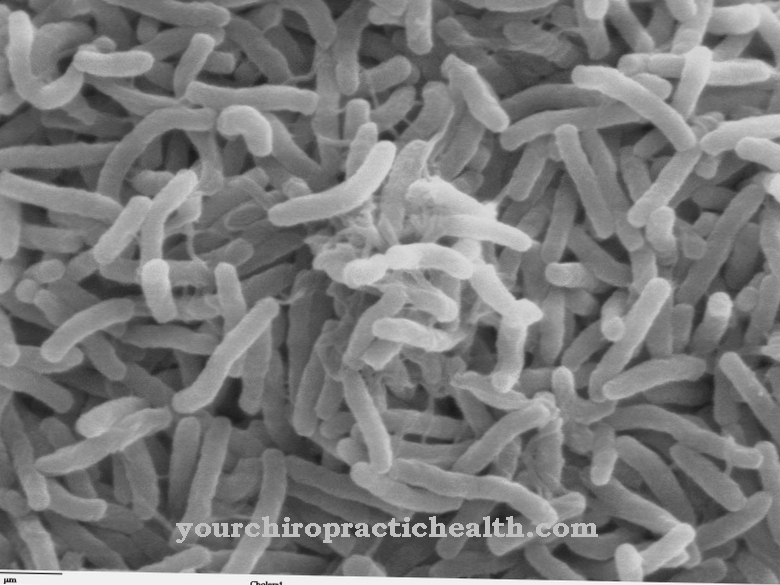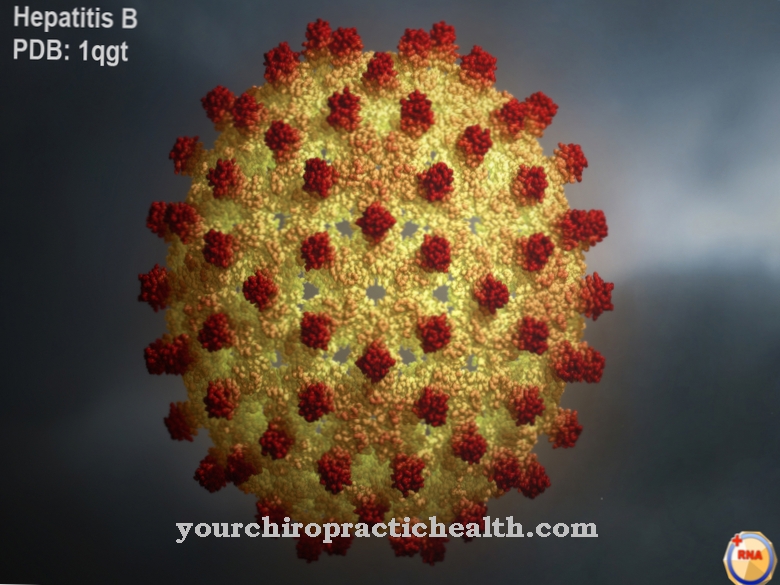Thread fungi consist of single-celled, thread-like hyphae that can branch out to form braids. Of the multitude of existing types of filamentous fungi, primarily pathogenic skin fungi and indirectly also molds have health relevance for humans. Certain molds from the genus Penicillium, which occur in the soil and on plants, synthesize the antibiotic penicillin, while other types are required, for example, in the production of certain types of cheese.
What are thread fungi?
The phenotypic characteristic of the filamentous fungi are their thread-like cells, called hyphae, which can branch and each have a nucleus. Since filamentous fungi are dependent on organic material for their nutrition and their cells have a nucleus, they belong to the heterotrophic eukaryotes (also eukaryotes).
The hyphae of the later filamentous fungi have partitions (septa) that enable a targeted transport of substances. Evolutionarily older filamentous fungi do not develop septa in their hyphae. The reproduction of filamentous fungi takes place via the formation of sexual or asexual spores, from which new filamentous fungi are formed.
Out of the multitude of different types of thread fungi, the skin fungi (dermatophytes) in particular have direct health relevance for humans, while other types are only of indirect importance for humans due to their synthesized substances. These are certain poisons, called mycotoxins, such as aflatoxin or antibiotic substances such as penicillin. Some types of thread fungus are needed in the manufacture of certain types of cheese.
Occurrence, Distribution & Properties
Filamentous fungi can be found almost ubiquitously on almost all organic substrates. The vast majority of types of thread fungi have no direct health relevance for humans, but they do for most plants and trees capable of photosynthesis. The hyphae of many species form symbioses with the roots of trees and other plants, so-called mycorrhizae. For example, they are of enormous importance for growth, resilience and drought resistance in forests. The overall significance of mycorrhizas for the plant community is not yet adequately understood scientifically.
Filamentous fungi with direct health, pathogenic relevance are the skin fungi, also called dermatophytes. They each belong to one of the three genera Microsporum, Trichophyton or Epidermophyton (of which Epidermophyton floccosum is pathogenic to humans). Dermatophytes are characterized by the fact that in the event of an infection of the skin they not only need the body's carbohydrates, but can also "digest" the keratin of dead skin cells, as they have the enzyme keratinase at their disposal.
A fungal infection of the skin (dermatophytosis or tinea) ranges in terms of the clinical picture from relatively harmless to severe or even in rare cases to life-threatening. Reddening of the skin on the infected areas is symptomatic, which can ooze or fester and is usually associated with severe itching. Parts of the body where the skin is kept warm and moist, such as between the toes, are particularly susceptible to infection.
Skin fungus is contagious through direct contact. Public baths and saunas are predestined for infection.
Meaning & function
Certain types of mold that synthesize antibiotics, such as penicillin, are of indirect health significance. The mold Penicillium chrysogenum is still the best-known supplier of antibiotics today. However, many antibiotics are now manufactured synthetically.
Antibiotics intervene in the different metabolic processes of certain bacteria and thus show a bacteriostatic or bacteriocidal, i.e. killing effect. When using antibiotics, two problem areas must be considered. On the one hand, antibiotics are not very specific. This means that in addition to the pathogenic bacteria that are supposed to be killed by the antibiotic, useful bacteria - especially in the digestive tract - are also combated. The other difficulty is multi-resistance, which can arise in pathogenic bacteria through gene mutation if the particular bacterial strain frequently comes into contact with antibiotics and a positive survival selection is automatically formed in the bacteria, which manifests itself as multi-resistance.
Filamentous fungi, which are required for the production of certain foods such as blue cheeses, are also of indirect importance for the body and health. As a rule, the mold Penicillium roqueforti is added, which gives the cheese its characteristic pungent taste and creates visible blue mold nests in the cheese. However, Penicillium roqueforti lives aerobically, so the cheese mass is pricked out with thin needles to ensure the presence of oxygen. Filamentous mushrooms are also used in beer and wine production and for many fermentation processes.
Illnesses & ailments
The greatest direct danger for humans comes from an infection with a dermatophyte, whereby an intact and unsuppressed immune system fights the filamentous fungi so early that only weak symptoms or no symptoms arise. The two types of fungus that make up over 90 percent of all skin fungal infections are Trichophyton rubrum, which mainly affects areas of the skin, and Trichophyton mentagrophytes, which attaches itself to hair roots and where the hair emerges from the skin.
Circulatory disorders and diabetes mellitus as well as AIDS promote infection with dermatophytes. In rare cases, in which the skin fungus is confronted with an extremely weakened or artificially suppressed immune system to avoid defense reactions, the fungus can overcome the skin or mucous membranes and spread systemically via the bloodstream and attack internal organs. In very rare cases it can even affect the brain, which is associated with a life-threatening danger. In people who frequently suffer from fungal skin infections, genetic causes can also play a role if a familial cluster of fungal infections can be identified.

























.jpg)


